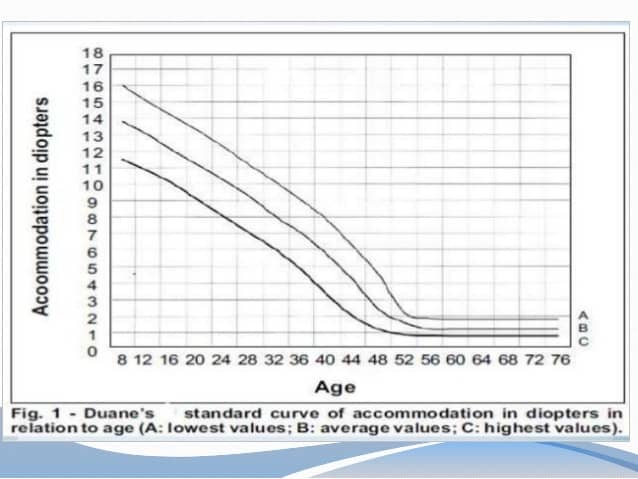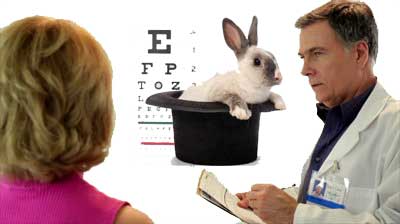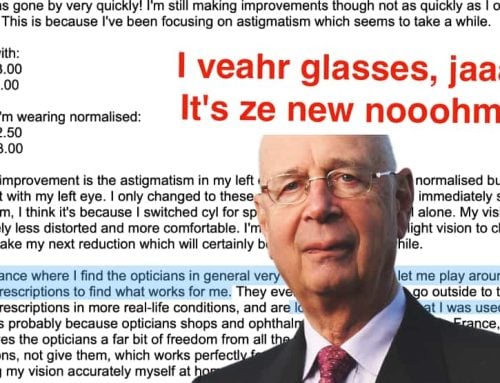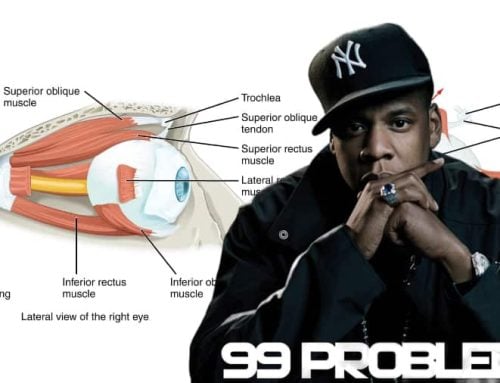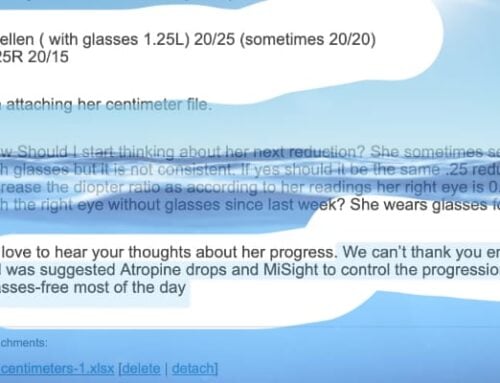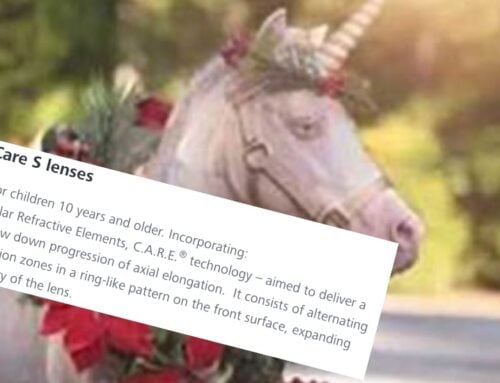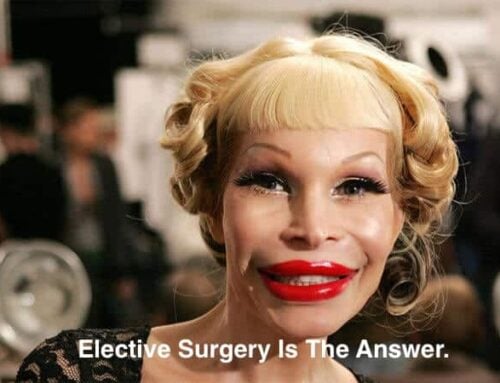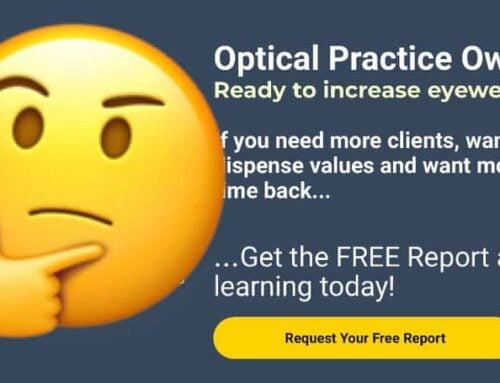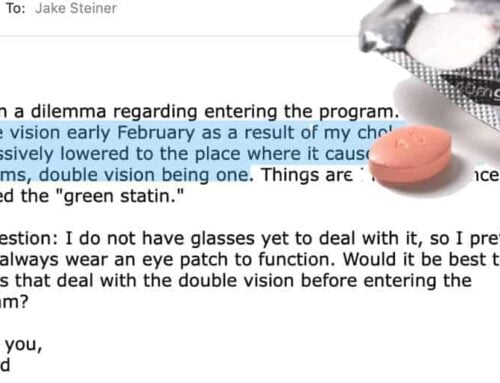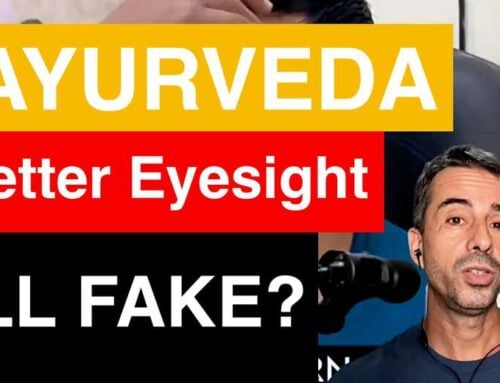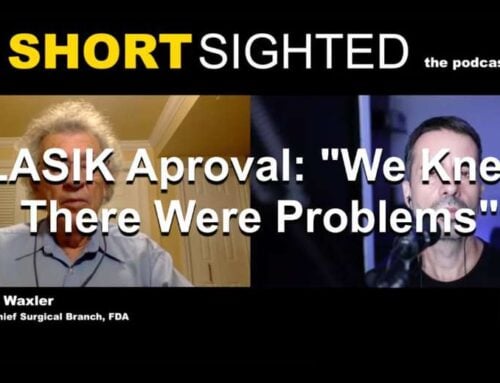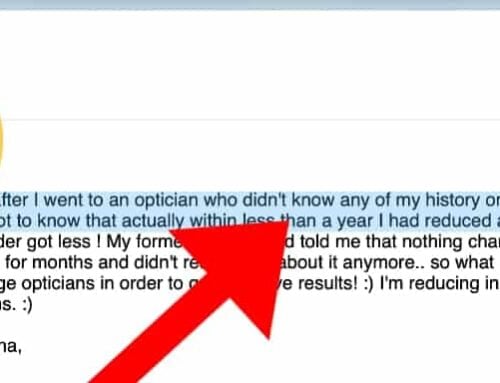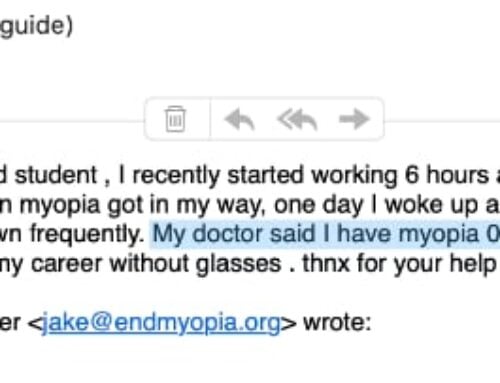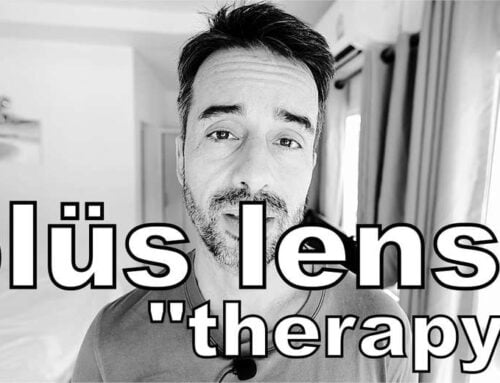Yesterday we get this comment on the original myopia-squatch post:
Maybe we need a new category. “Silly things optometrists say”. Aka the myopia-squatch hunt.
Yes, yes. Hardening of the lens. A furry paw print in the dusty office closet. What the optometrists usually like to quote is accommodative range, and the reduction thereof with age. It’s something I don’t fully agree with (in terms of the numbers), but it’s a fairly well established progression:
That’s the reduction of accommodative range. If the term is new to you, here is Wikipedia’s reasonably accurate summary:
The amplitude of accommodation is the maximum increase in optical power that an eye can achieve in adjusting its focus from as far as possible (beyond infinity for a longsighted eye) to the nearest possible. It confers a certain range of object distances for which the retinal image is as sharply focussed as possible.
Amplitude of accommodation is measured during routine eye-examination. The closest that a normal eye can focus is typically about 10 cm for a child or young adult. Accommodation then decreases gradually with age, effectively finishing just after age fifty. — Reducing accommodation range doesn’t improve myopia notably, though. And to be fair, this particular optometrist didn’t pick out reducing accommodation range (though that’s the big one when it comes to age related eyesight changes), but … the hardening lens (which, key contributor to accommodation range reduction). There is plenty of research about the lens and the effects of age. Here, here, and here. Hundreds and hundreds more of course, most with one little interesting twist. Full article here. I bolded the key point for your reading pleasures. Presbyopia. That’s farsightedness (age related), when you need reading glasses, also the opposite lenses as you’ll need for myopia. Almost all studies concerning the hardening of the lens relate to presbyopia findings, not, myopic changes. Because spoiler alert, myopia reduction due to hardening lens isn’t significant enough to warrant much study. And yes, your distance vision can certainly appear to improve with age. A little bit, over years. It’s not suddenly going to improve by a quarter diopter in six months, while you also happen to have started rehabilitating your vision. If reading to this point made you sleepy, let me summarize: That’s it. It’s not coincidental tear fluid you never noticed before, or your age suddenly making your eyesight better. Improving your eyesight to a point where your optometrist can measure it, will often result in rabbit-out-of-hat rationales trying to explain away the obvious. These will be fairly malnourished rabbits, out of suspiciously bulging hats. Anything other than “yes, indeed apparently something other than selling you lenses for ever and ever, is improving your eyesight. Maybe we should investigate.” Investigating isn’t in the job description of a lens prescriber. In fact, your eyes getting better is usually a rather threatening premise, which must always be explained away. Actual photo of actual eyesight consult. It won’t be long now before Jake or one of the other contributors will tell me to get on with being fully retired. In the meantime I am rather enjoying this new found freedom of no Web responsibilities, with a bit of entertainment for you (hopefully). Enjoy!![]() Conclusions: There is a marked increase in the stiffness of the human lens with age. This is most pronounced in the nucleus. Since in vivo data indicate that the nucleus must change shape significantly during accommodation, it is highly likely that these measured changes in physical properties will markedly diminish the ability of the lens to accommodate, and thus may be a major contributing factor to presbyopia.
Conclusions: There is a marked increase in the stiffness of the human lens with age. This is most pronounced in the nucleus. Since in vivo data indicate that the nucleus must change shape significantly during accommodation, it is highly likely that these measured changes in physical properties will markedly diminish the ability of the lens to accommodate, and thus may be a major contributing factor to presbyopia. Improving Your Vision Improves Your Vision.



